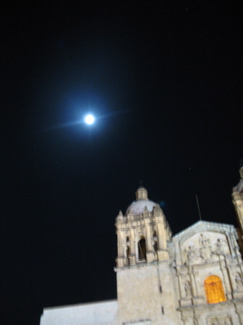
Vargas Llosa: The Cubs.
The Cubs, a powerful work, gripping to read and difficult to write about, concerns a group of four boys of age 8 or 9 and a fifth boy, Cuéllar, who joins their school and their group of friends. The story follows Cuéllar through the eyes of the group of friends, as he struggles to find a place the society into which they come of age after he has been rendered impotent by a dog mauling.
Narration begins in third person but immediately shifts to first person, then alternates. Although in the beginning the narration sometimes indicates direct discourse (“taffy, lucky stiff, Choto would say to him, they give you a bigger allowance than all four of us get” p.2), later it is less clearly indicated: “and then we spent Saturday, whole Sundays, men dancing with each other, at Lalo’s house, no, at mine it’s bigger, it was better, but Choto had more records, and Manny but I’ve got my sister who can each us and Cuéllar, no, at his house, his parents already knew and one day, here, his mother, sweetheart, they gave him that hi-fi, just for him?” p. 2-3). This narration is intense. I think that, although third person narration describes the group of five (“they”), the first person narration is always one of Cuéllar’s four friends, and that there is no first person narration for Cuéllar, with the result that as a character he is both part of and outside the group.
As Cuéllar matures physically he is more and more left out of the social processes of his peers. Their cruelty feeds a growing pain and anger which his four friends don’t comprehend. In the accident Lalo slams the dogs snout in the door of the shower where Cuéllar still is, inciting the dog to rage. The four friends betray his secret with a cruel nickname that circulates to all. They fail to understand why he wants to hear about their experiences with girls, and then when he falls in love with Teresita, try to talk him into lying to her, don’t understand why he can’t. The end of Chap 5 (p. 40) depicts most clearly how separate Cuéllar’s experience is from that of his friends, when crying about life is passing him by, he tells them “and also out of pity for the poor, for the blind, for cripples, for those panhandlers …” while they insist he is feeling fine now.
I see some possible Christian allusions in the story. Cuéllar surfing in Holy Week “spread his arms, rose up” p. 37) strikes me as a crucifixion allusion, and of course the dog is named Judas.

A comment on "The Cubs" I read a long time ago, linked the name of the dog with the religious education Cuellar and the other boys got. Just as the dog castrated Cuellar, the education they got also emasculated Peruvian youth, etc.
ReplyDelete